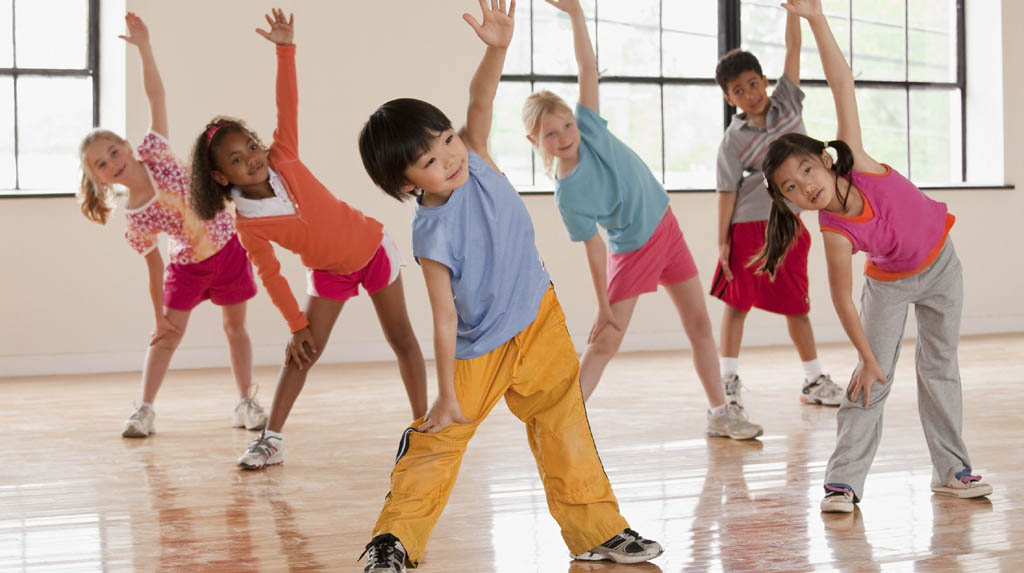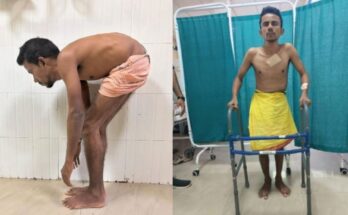New Delhi: Children who are autistic tend to have sensory experiences that are very different from others. As children with special needs, they have the kind of responses to situations that put their bodies in fight, flight, or freeze modes.
What this does is it diverts the flow of blood from the digestive organs to the skeletal muscles. This activity disrupts their digestion, increases their heart rate, and causes shallow breathing-which are big factors for anxiety.
During this period of quarantine, it is recommended to train them in a few practices of yoga. This will help to increase their sense of peace; reduce their pain, anxiety, aggression, and any obsessive or self-sabotaging behaviour. Yoga along with making them calmer is also successful in regulating emotions.
Brahmari Pranayama
Method
Sit in any comfortable pose (such as Sukhasan, Ardhapadmasan or Padmasana)
Straighten your back and close your eyes
Place your palms on your knees facing up (in Prapthi Mudra)
Place your thumbs on the Tragus, the external flap outside on your ear.
Place your index finger on your forehead; your middle finger on the Medial Canthus and ring finger on the corner of your nostril
Inhale and fill your lungs with air
As you exhale, slowly make a buzzing sound like that of a bee, i.e., “mmmmmmm….”
Keep your mouth closed the entire time and feel the vibration of the sound disseminate throughout your body. Duration You may begin by practicing this breathing technique for five minutes a day and gradually increase it with time.
Benefits
Calms the mind and rejuvenates the body
Increases sensitivity to tastes and fragrances
Relieves stress and anxiety
Makes the voice pleasant and melodious and strengthens the vocal chords
Treats throat uneasiness
Balances blood pressure
Improves concentration
Udgeeth Pranayama
Method
Sit in any comfortable pose (such as Sukhasan, Ardhapadmasan or Padmasana)
Straighten your back and close your eyes
Place your palms on your knees facing up (in Prapthi Mudra)
Inhale deeply and fill your lungs with air
While exhaling, form a circle with your lips and say “Oooooooommm” for as long as you can
Feel the vibration of the sound disseminate throughout your body Duration You may begin by practicing this breathing technique for five minutes a day and gradually increase it with time.
Benefits
Calms the mind, brings stability and decreases stress
It relieves tension, anger and anxiety
Effective to treat hypertension
Corrects sleep disorders (such as insomnia)
Improves memory
Surya Namaskar or the Sun Salutation can be taught to your child and it is ideal if practiced early in the morning. The Surya Namaskar contains a total number of 8 asanas woven into a sequence of 12 steps for each side, Right and Left. The sun’s energy is represented symbolically through the right side, therefore you must start with the Right leg first. One complete cycle is made of 24 counts.
There are many benefits of Surya Namaskar; it strengthens muscles and joints, balances the nervous system, improves digestion, promotes balance between both sides of the body, helps combat insomnia and many more.
These postures or asanas along with the breathing exercises are effective relaxation techniques. Yoga provides the tools for self-regulation which can be useful for children with autism. Yoga helps to reduce irritability, social withdrawal, lethargy or hyperactivity, and noncompliance in children with autism spectrum disorders (ASDs). Quarantine or otherwise, the practices of is shown to optimize academic or creative engagement and improve learning abilities.




